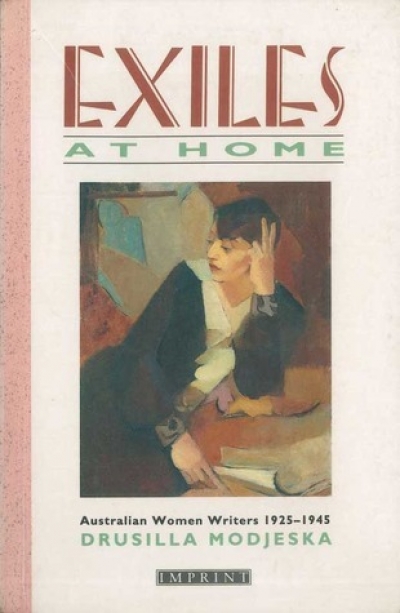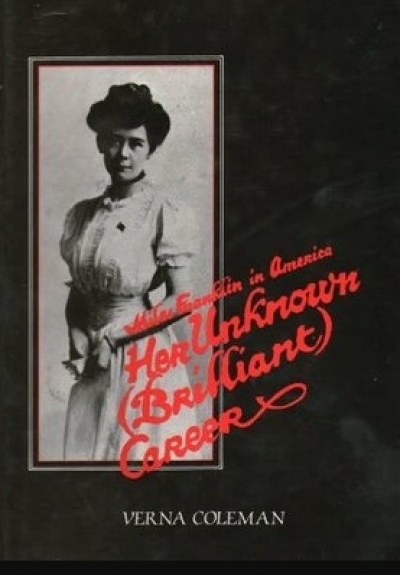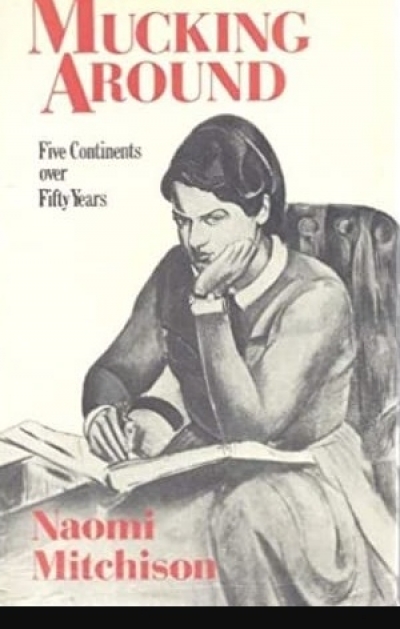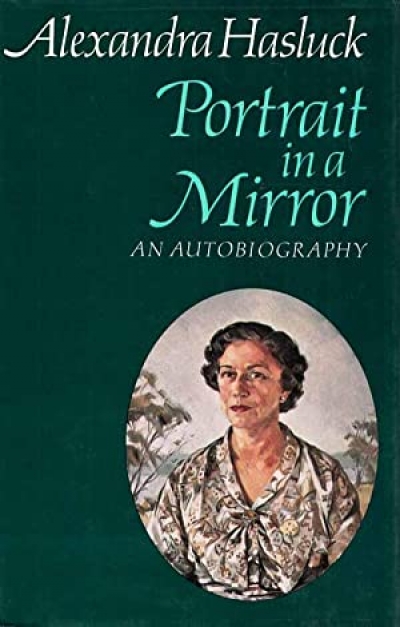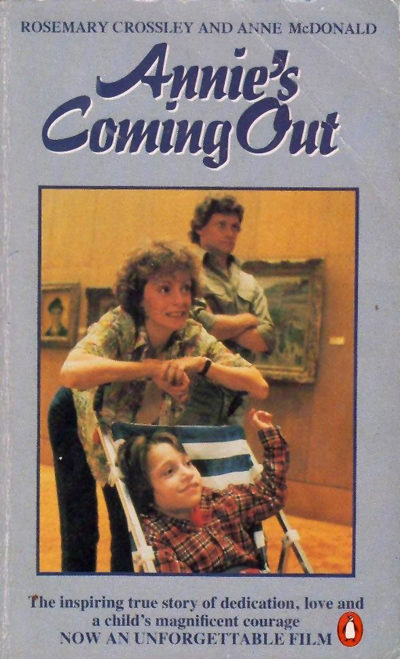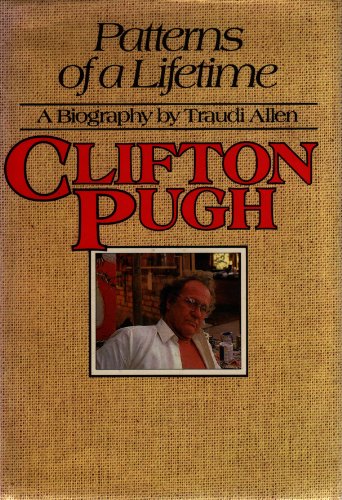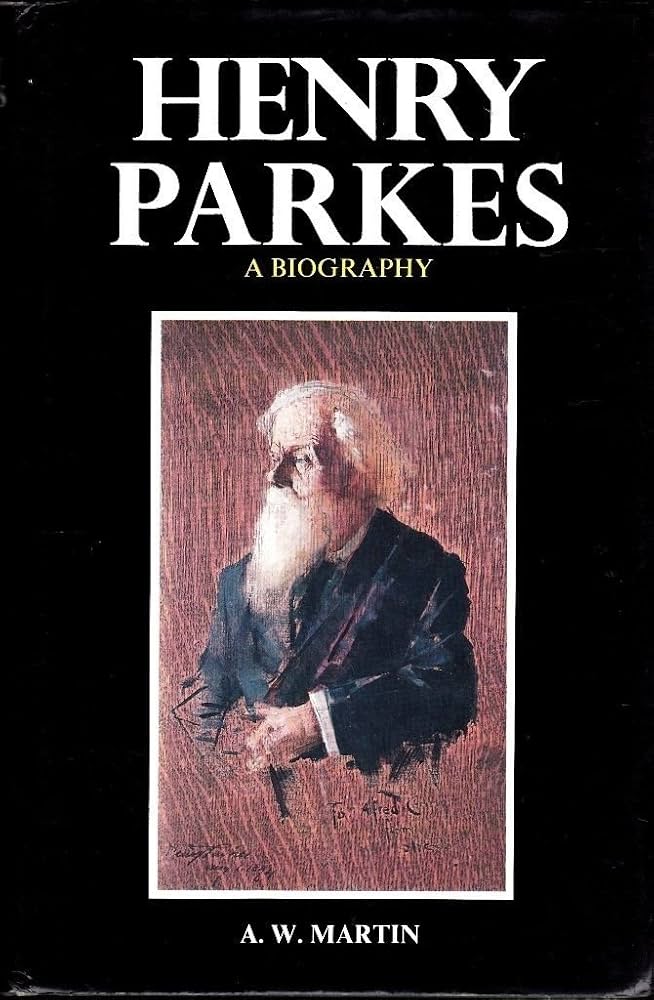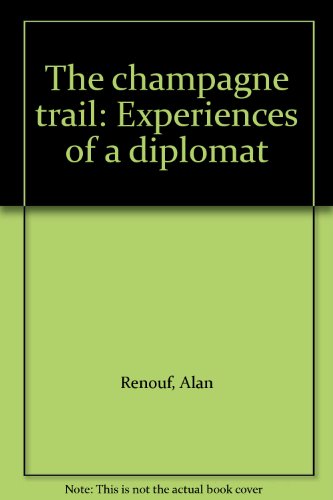Biography
Xavier Herbert is probably the most enigmatic of Australian writers, but there is nothing enigmatic about Laurie Clancy’s treatment of the man and his works in Twayne’s World Authors Series. This is the best assessment of Herbert since Vincent Buckley’s article ‘Capricornia’ (Meanjin, 19, 1960) forced critics to take Herbert seriously as a writer of stature and an experimentalist with the form of the novel, and since Harry Heseltine’s Xavier Herbert (OUP, 1973) drew attention to what Heseltine saw as the ‘deep motive’ of Herbert’s writing in the works that preceded Poor Fellow My Country.
... (read more)Exiles at Home: Australian women writers 1925–1945 by Drusilla Modjeska
Exiles at Home is a fascinating work by a feminist of the 1970s about a group of anti-fascist feminists of the 1920s and 1930s. From it we learn as much about the world view of the author as we do about the politics of its subjects. A serious book, about serious writers, it examines novels for their historical rather than for their literary interest. It offers no real criticism of writing styles, and no comparison with modem feminist authors. Nor is it a book to be read in the hope of rediscovering almost forgotten characters from our literary past.
... (read more)The best things about this book are the paintings, the photographs, and the paper. The worst thing is the prose. But does this matter, you may well ask, in a book obviously designed to travel rapidly from the coffee table to the wall – with its large size format and convenient disintegration at first read? It’s the pictures we want, not the prose.
... (read more)Her Unknown (Brilliant) Career: Miles Franklin in America by Verna Coleman
Verna Coleman’s biography of Miles Franklin is extremely valuable but somewhat flawed. Those parts of Franklin’s life that are germane to the mateship tradition and the development of a nationalist Australian literature have been widely canvassed – although they take in only her precocious youth and mellow old age. The crucial decades between 1906 and 1927 are an almost total blank, even though they include the writing of her most important journalism and all but one of the novels on which her reputation rests. (Marjorie Barnard scarcely even tried to fill that blank with her 1967 biography.) Ms Coleman has restored those lost years and we must all thank her.
... (read more)Mucking Around: Five continents over fifty years by Naomi Mitchison
In this, her fourth autobiographical volume, Naomi Mitchison takes on a difficult task – that of making travellers’ tales interesting. Her first three autobiographies dealt with childhood, youth, the between-war years. She demonstrated great literary skills in selective recall and in creating the wholly misleading impression that this was an artless narrative. In fact she gave us a brilliant account of the lives of a section of the British upper bourgeoisie, and the moving and honest story of her own growth into political radicalism.
... (read more)Following her husband’s excellent autobiography of his early years, Mucking About (1977), Alexandra Hasluck’s own life story has been eagerly awaited. And it has been worth the wait. Portrait in a Mirror is one of only a handful of good autobiographies by Australian public figures. Its 322 pages are full of colour, with some excellent passages of prose, particularly her warm, evocative descriptions of the Australian countryside. Hers is essentially a feminine, empathetic view of the world.
... (read more)This is the story of one woman’s crusade to achieve social justice for a handicapped child. It is one person’s elevation of the ineptitude, the hypocrisy and the dishonesty that became associated with a particular group of handicapped children. It concerns an institution that attempted to tum a pretext into reality rather than declare that a terrible mistake had occurred. Rosemary Crossley found Annie in St Nicholas Hospital in 1976. The hospital was originally a children’s hospital built in the 1890s. In 1964 The Mental Health Authority took possession of the buildings and after demolishing some and refurbishing others opened again in order to cater for the needs of severely and profoundly handicapped children, those whose purported I.Q.s were believed to be below thirty. Although it was originally designed to cater for individuals on a temporary basis most of those who came never left. It is perhaps Indicative of our attitudes towards the handicapped that the ‘high brick walls topped with barbed wire and broken glass’ were left untouched. One wonders whether the author of the slogan ‘Break Down the Barriers’ had this in mind when he took up his pen.
... (read more)It is no mistake that the first major book on Clifton Pugh since Noel Macainsh’s in 1962 is a biography rather than a critical appraisal. Pugh’s persona has always been of greater interest to the public than his art. He fits the bohemian image of what the public think an artist should look like and do – live in a mud brick house, have a succession of wives and mistresses, and support causes with passionate energy – in Pugh’s case, the Labor Party, wombats and everything natural in the bush.
... (read more)Notwithstanding recent expressions of disaffection with large-scale narrative biography (e.g., James Walter's biography of Whitlam), I remain a devotee of the genre. In Australia, our communal sense of identity, our historiographical debates and our literature are diminished by the infrequency of such works.
... (read more)The obvious cliche to describe this book is ‘light and frothy’. The beer connotation is more apt than the sparkle of champagne conjured up in the title.
Alan Renouf traces in more or less anecdotal fashion his career as an Australian diplomat. There are very readable, if almost glib, passages about his experiences at overseas postings and at home in the public service. These are interspersed with commentaries on the exasperating job of running the Foreign Service Department, the long list of duties and responsibilities entrusted to diplomats, and the declining state of the Australian Foreign Service. Some of this is highly interesting, but the book’s uneven pace and the abortive attempt at sparkling wit do little to enhance the author’s distinguished reputation.
... (read more)


